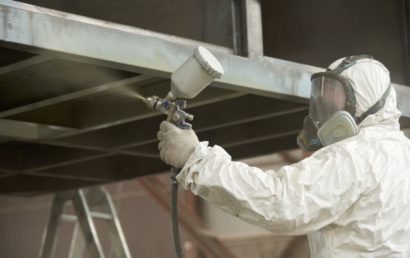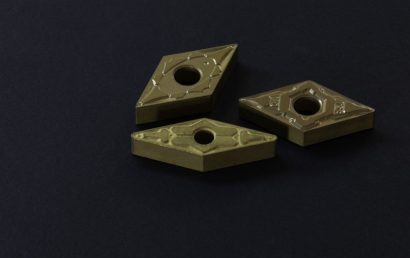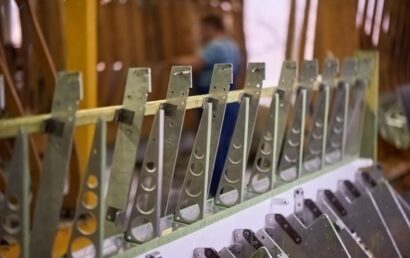Using Metal-Based Materials For The Plasma Spray Process
At A&A Coatings, we specialize in an array of thermal spray coating processes, including plasma spray, metalizing, High Velocity Oxygen Fuel (HVOF), and more. When we are talking about materials we offer for the plasma spray process, a popular group of coating materials that you need to know about is the metal-based materials.
About the Plasma Spray Process
For starters, plasma spray coatingis an extremely flexible thermal spray process that involves spraying heat-softened and/or molten materials onto a surface to achieve the desired coating. The process uses a powerful plasma spray coating technology that can facilitate the spraying of a wide variety of materials, including metal, cermet, and ceramic. What’s more, the materials bond exceptionally well and the substrate encounters minimal distortion. Plasma spray coatings are known to possess stellar resistance to wear, corrosion, abrasion, heat, oxidization, and electricity. Some of the most common plasma spray applications include salvaging worn parts, jet engine protection, free standing parts manufacture, and more.
How Metal-Based Materials are used in the Process
The intermetallic compounds, particularly those containing aluminum, iron, titanium, nickel, and cobalt have all come under the radar because they have high melting points and comparatively lower densities. Though they possess the probability of realizing higher specific strengths and a high temperature, these metals will require thermal spray coatings to become more effective.
Research has also shown that refractory metals have an exemplary blend of ductility at low temperatures and a high melting point. The less costly metals like molybdenum, tungsten, niobium, and tantalum, have been combined with sufficient quantities of titanium and aluminum for the formation of refractory metal aluminates. These metals in all probability will require a plasma coat to resist the effects of the environment before they are useful for gas turbine engines.
Self-fluxing Powders
Thermal spray materials containing Boron-Silicon type of self-fluxing alloy powders have successfully been utilized for manufacturing equipment for the chemical, metallurgical, machinery, and petroleum industries. During the process of plasma spraying, the melted alloy formulates a metallurgical connection with the surface of the material. Plasma spray coated materials are resistant to corrosion and wear and tear, are very dense, and adaptable for use in hard-facing dies, gears, valves, and other mechanical parts.
Ferrous-Based Coatings
The Atmospheric Plasma Spraying or the APS process is used for coating Al-Si alloys. The solution for enhancing resistance to abrasive, corrosion, and wear and tear of lightweight metals, like Al-Si alloys, isusing ferrous-based coatings. There are no signs of any cracks or any peeling found at the interface between the ferrous-based coating and the material. There is no direct correlation between the hardness of the substrate as well as the wear and tear rate. Gray cast iron, being the softest, proved the worst, while ferrous-based coating proved as an apt solution to enhance the resistant of the substrate to corrosion and wear and tear.
Aluminum Alloys
An aluminum alloy is a blend of other elements with aluminum so as to enhance its intrinsic strength. The other added elements include silicon, iron, manganese, copper, zinc, and magnesium at the required mix. The intrinsic property of aluminum like density, electrical conductivity, workability, resistance to corrosion, and strength are all manipulated by adding other elements like zinc, iron, silicon, magnesium, and more.



